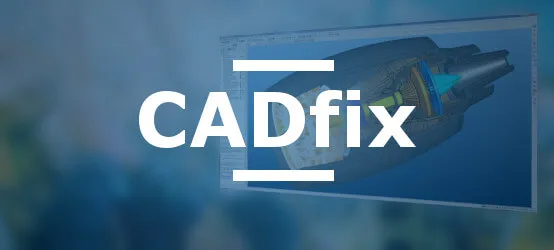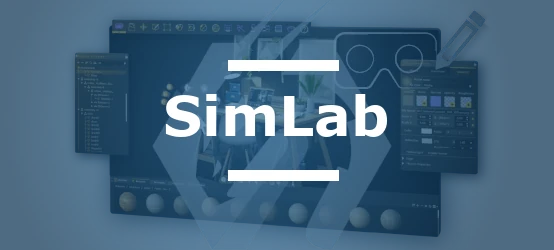Computer-Aided Design, or CAD, has transformed the world of design. It enables the rapid definition of 3D models, easy updating, and transmission to applications such as simulation or manufacturing. A "good" CAD model includes not only the geometry of the building, machine, or product, but also key information such as materials, annotations, etc.
Despite all these advantages, file formats can pose problems, as each CAD software has its own native file format. Catia, NX, Creo, SolidWorks, Autodesk, and others all generate proprietary files that are only readable and usable by their own software. This means that if a client sends you a Catia file, you are unlikely to be able to use it in SolidWorks.
This limitation slows down design processes, to the point where the industry has created so-called "neutral" file formats. These CAD file formats allow interoperability between multiple software programs. They break down barriers and allow for a greater degree of collaboration. STEP, IGES, PDF 3D, JT, STL, ACIS, PARASOLID, and QIF are among the main neutral CAD formats in the world of computer-aided design.
Although these neutral file formats effectively meet the need for 3D data exchange, they are not all equal. Each has unique characteristics and capabilities that you need to know when deciding to use these file formats. The two most universal and standardized formats are STEP and IGES.
Evolution of Neutral CAD File Formats
First, a little history. Although it seems like an inherently modern technology, problems with competing and incompatible CAD file formats have existed for decades. This was especially true at the beginning of CAD, when it was not easy to update software, download a new program, or ask your client, supplier, or partner to use a different program from their own.
The IGES format (for Initial Graphics Exchange Specification) was the very first neutral format created by the US Air Force in the early 1980s. The Air Force had a great motivation in terms of time and expenses to make the CAD process more useful in designing their equipment, and the IGES format was therefore developed in-house.
In 1980, the US National Bureau of Standards officially approved IGES as a neutral CAD file format for representing circuits, wireframes, free-form surfaces, and solid models. The IGES format quickly became successful for its ability to neutrally translate and represent 2D and 3D CAD models. However, the less commonly used 3D solid entities were not truly optimized.
This gap partly led to the creation in 1984 of the most widely used neutral format in the CAD world, STEP (or The Standard for the Exchange of Product model data). Recognizing the limitations of IGES 3D solid models, STEP leaders pushed for this new file format to be optimized for geometric shapes and topologies, associated features, and even higher-level information and data such as materials, manufacturing processes, metadata, and assembly structures.
Due to these numerous advantages, the STEP format became the standard for representing 3D solid models and for designs that required the inclusion of both geometric and non-geometric data, and even became an ISO standard. It was notably chosen as the Long-Term Archiving format for aerospace (LOTAR).
Since the 1980s, other neutral formats have been created, as alternatives to the STEP format (3D PDF, JT, etc.), or as geometric engines in CAD software (ACIS or Parasolid). But the STEP format remains the most versatile and universal neutral format among these formats, as it is supported by a large majority of software and is the most comprehensive in terms of definition across all industries.



